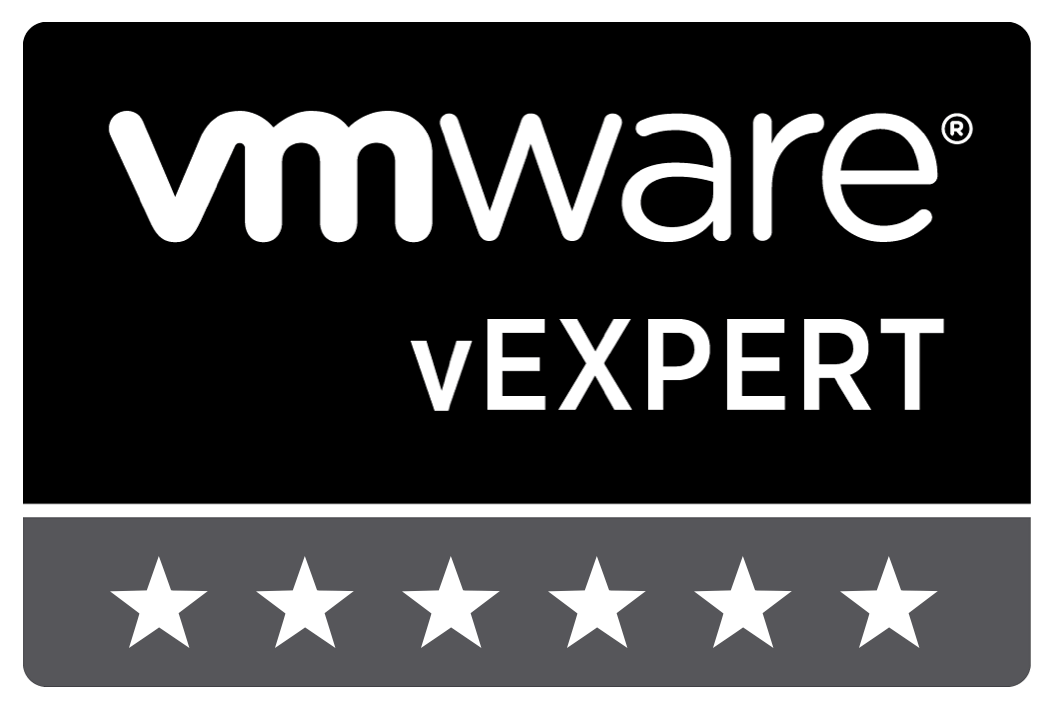design considerations for VSAN
Here are a few facts that sould be concidered by planing and deploying VSAN
- flash space is divided into 30% read cache, 70% write cache
- multiple disk groups on a host
an option to put more SSDs into the system
use it to reduce failure domain: just the disks in a group get lost when a part of it fails - flash size
it is recommended to put 10% flash of allocated space (FTT (failures to tolerate) not considered) into the cluster - the cluster needs (2n+1) hosts to allow a FTT of n
- a failure of a single disk = failure of a disk group
- Number of Disk Stripes per Object
Definition: “number of physical disks across which each replica of a storage object is distributed”. Results in better read performance - Flash Read Cache Reservation
not recommended to set, the system should allocate the cache on demand. - Object Space Reservation
by default VMs on VSAN are thin provisioned, with this setting, you can reserve space for objects
- Force Provisioning
enrolls an object even if there are not enough resources to fulfill the storage policy settings. When the resources are available, the settings will be fulfilled. - Maintenance/failure
if a host is longer than 30 minutes away from cluster, a rebuilt will start. - changes to policies, already applied on objects can be synced manually (reappliy)
- You cant do an snapshot for VMs on VSAN with more than 255GB of memory! This is because the limit of 256 GB of the object VM Home Namespace.
- Reinstall ESXi Host does NOT wipe the data!
- Migrate VSAN from one vCenter to another, just create a new VSAN Cluster on the new vCenter and add the hosts to it.
- A non-working device can either be ABSENT or DEGRADED. VSAN waits 60 minutes before its rebuilt ABSENT devices, but rebuilt DEGRADED devices immediately.


